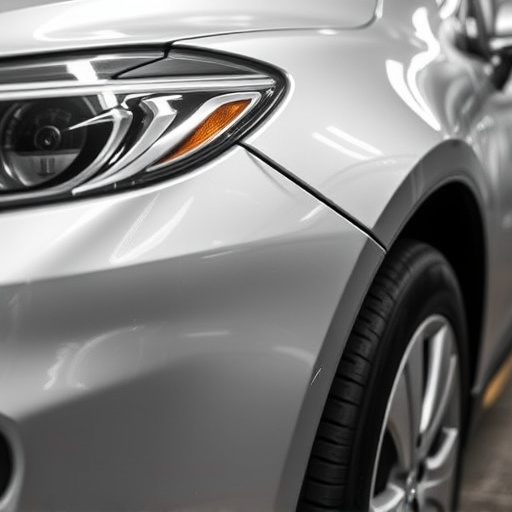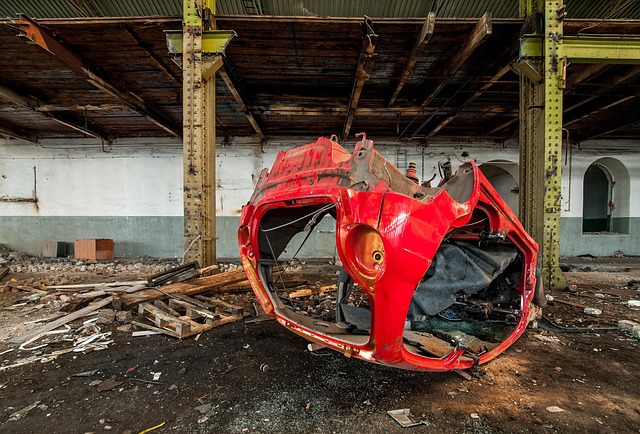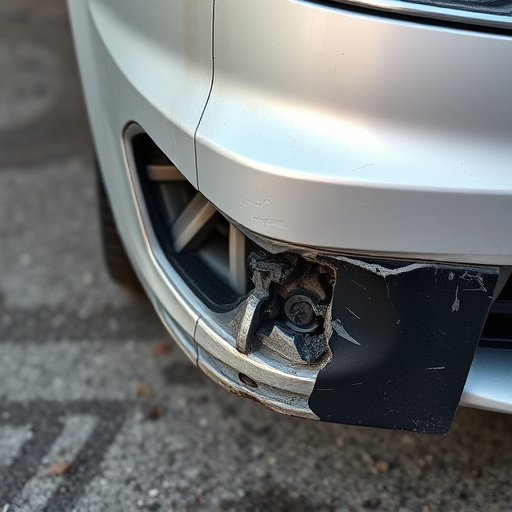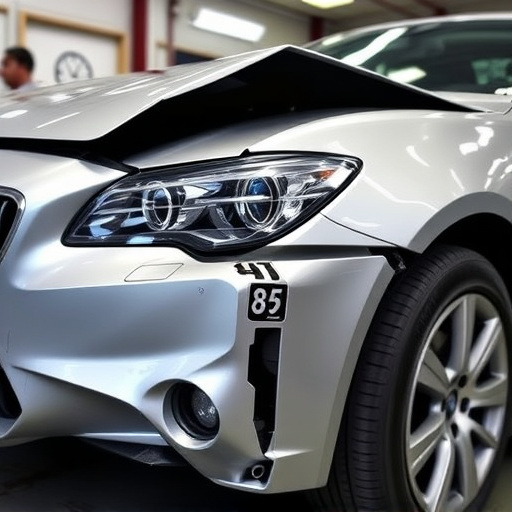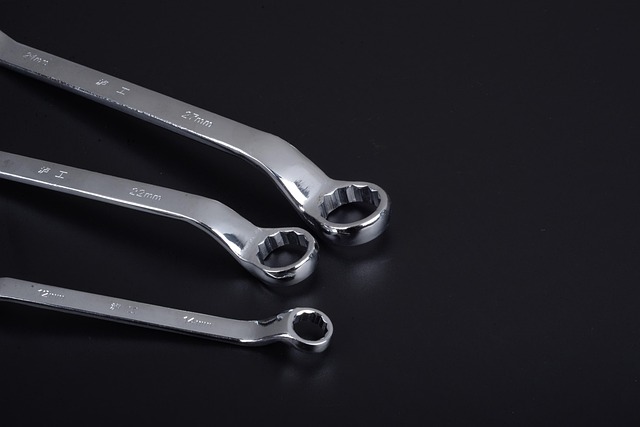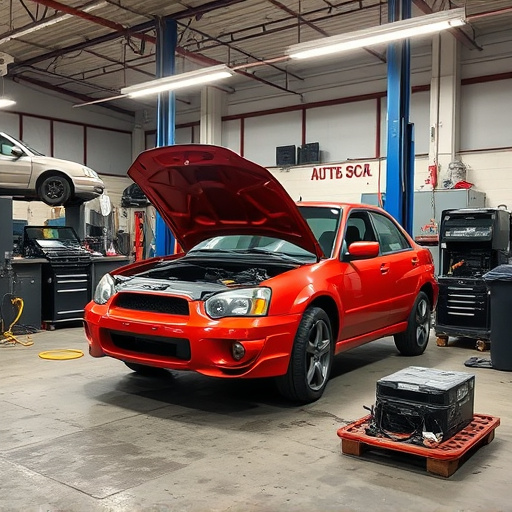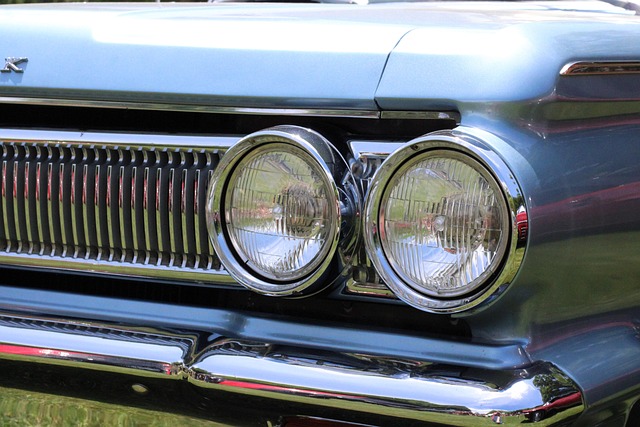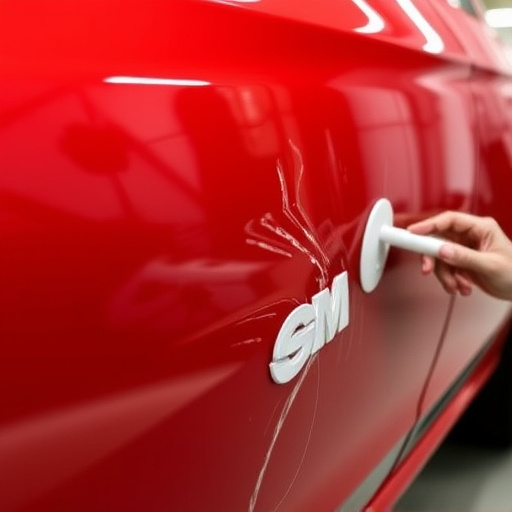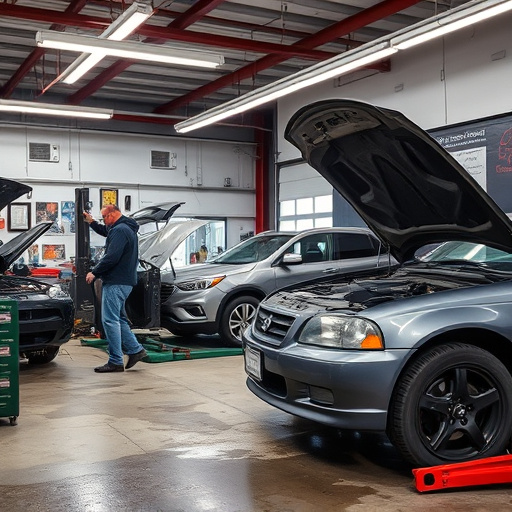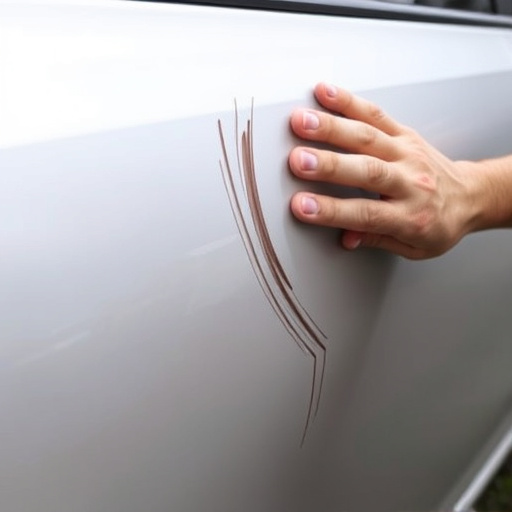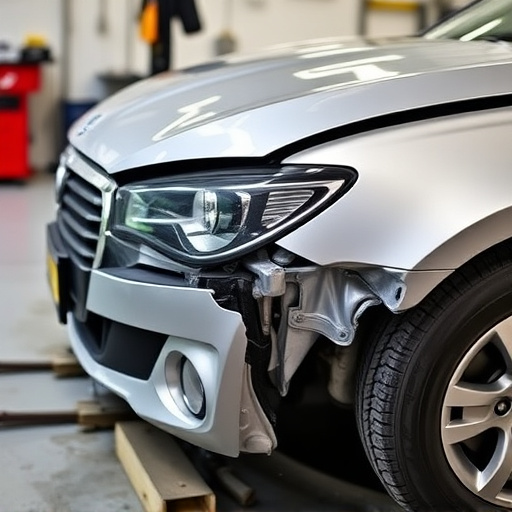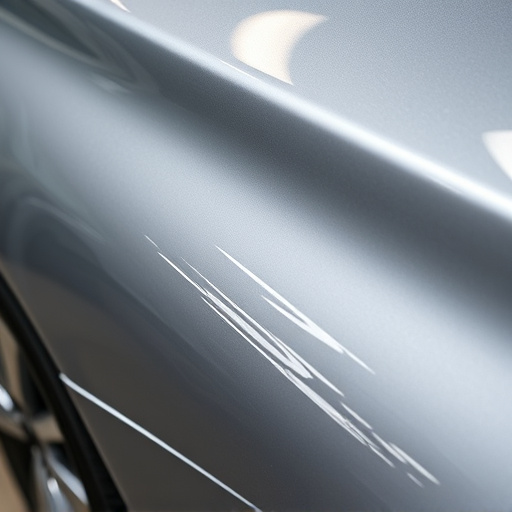Tesla structural aluminum repair is complex, requiring specialized knowledge and advanced tools beyond traditional metalworking due to the material's high strength and intricate design. DIY enthusiasts should recognize their equipment limitations and seek professional guidance in facilities equipped to handle Tesla's precise engineering, preserving structural integrity with durable results.
Tesla owners often seek DIY solutions, but when it comes to their vehicle’s structural aluminum repair, it’s not as simple as an at-home project. This material, a key feature in Tesla’s lightweight and durable design, requires specialized knowledge and techniques. From complex panel alignment to ensuring structural integrity, professional expertise is vital. Safety concerns, along with the need for precise measurements and quality assurance, make this a task best left to certified technicians. Embracing expert care ensures repairs that not only match the vehicle’s performance but also its iconic design.
- Complex Material and Techniques
- Safety Concerns and Specialized Tools
- Quality Assurance and Longevity of Repairs
Complex Material and Techniques
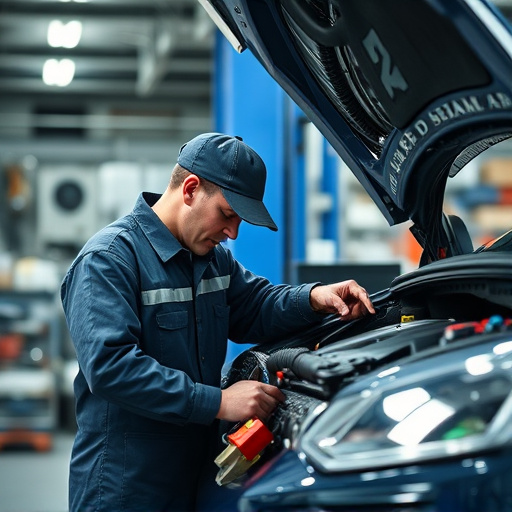
Tesla structural aluminum repair isn’t a simple task due to the complex nature of the material and techniques involved. While traditional metalworking methods can be applied, Tesla’s use of high-strength structural aluminum requires specialized knowledge and equipment. This lightweight yet robust metal is designed to enhance vehicle performance and efficiency, but it poses unique challenges for DIY enthusiasts.
The intricate designs and precision engineering of Tesla vehicles necessitate advanced welding techniques and state-of-the-art tools that are typically found in professional auto body shops. Car repair services specializing in Tesla structural aluminum repair have the expertise and resources to handle even the subtlest deformities, ensuring the vehicle’s structural integrity remains uncompromised. For car bodywork enthusiasts considering a DIY approach, it’s advisable to recognize the limitations of personal equipment and seek professional guidance for such specialized repairs.
Safety Concerns and Specialized Tools
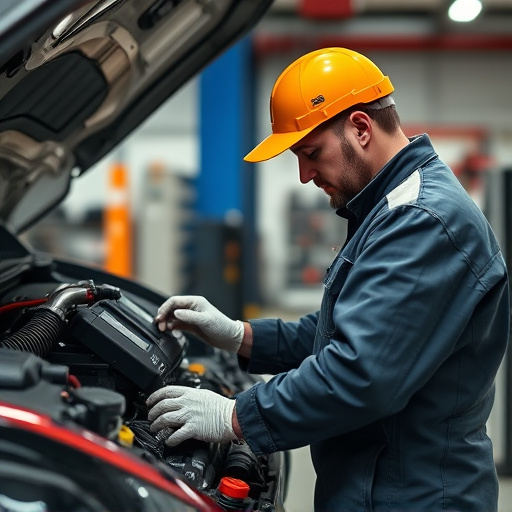
When considering a Tesla structural aluminum repair, it’s crucial to understand that this isn’t a typical DIY project. While many car enthusiasts enjoy customization and maintenance tasks, Tesla structural aluminum repair involves intricate work with specialized materials and tools. Safety concerns are paramount; working with aluminum requires specific knowledge to prevent damage or deformity to the vehicle’s structure.
The process demands precision instruments, such as specialized welding equipment, computer-aided cutting tools, and precise measurement devices. These aren’t typical household items. Moreover, attempting a collision repair – especially one involving luxury car brands like Tesla – without proper training can lead to structural instability or even safety hazards. It’s best left to experienced professionals in a auto painting and auto glass repair facility equipped with the right equipment and expertise.
Quality Assurance and Longevity of Repairs
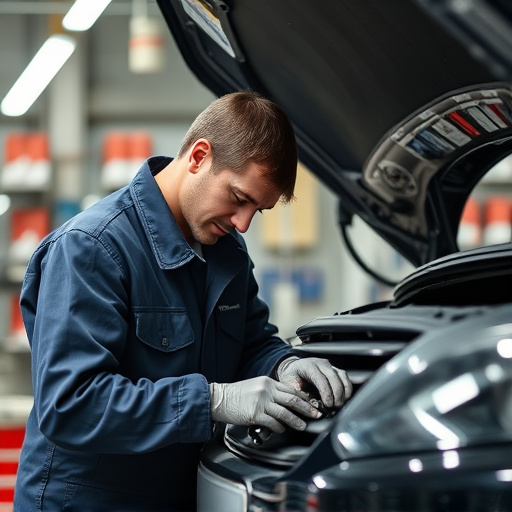
When it comes to Tesla structural aluminum repair, DIY enthusiasts often face a significant challenge—ensuring quality assurance and longevity of the repairs. While many people are skilled in basic auto body repairs, Tesla’s innovative use of structural aluminum presents unique difficulties that require specialized knowledge and equipment. The precision and expertise needed to match the original manufacturing standards is hard to replicate at home.
A vehicle body shop specializing in Tesla structural aluminum repair has access to advanced tools and training that ensure every fix meets stringent quality criteria. These professionals can handle complex tasks like panel alignment, hemming, and welding techniques tailored for aluminum, guaranteeing a durable and precise result. Unlike quick-fix tire services or minor auto body repairs, Tesla’s unique frame design demands meticulous care to preserve the vehicle’s structural integrity and overall longevity.
While the idea of repairing one’s own Tesla structural aluminum may seem appealing, it’s important to recognize that this process involves complex materials and techniques. Safety should never be compromised, as specialized tools are designed for precision and efficiency. DIY enthusiasts may find the challenges of achieving quality assurance and ensuring long-lasting repairs outweigh the benefits, making professional services the preferred choice for maintaining the integrity and value of Tesla vehicles.
